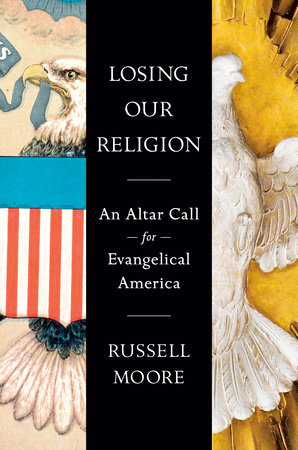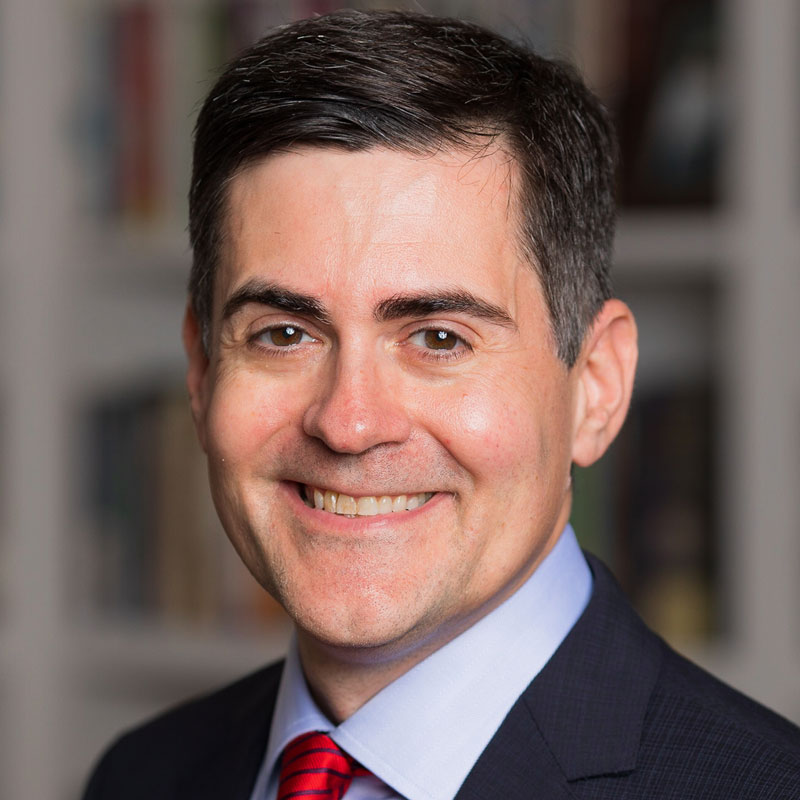A study now shows abnormally high teen suicide rates in April 2017, the first month after the program “13 Reasons Why” debuted for streaming on Netflix. The study, by the Nationwide Children’s Hospital in Columbus, Ohio, discovered 58 additional suicide deaths than anticipated among 10 to 17-year olds that month, as well as abnormally high suicide rates from then throughout the end of 2017. This study ought to prompt some serious reflection, especially among Christians, about how we are responding to suicide.
The program “13 Reasons Why,” which turned out to be one of the most popular series on Netflix, is about a box of recordings made by a high school student explaining the reasons she took her life. At this study’s release, many mental-health advocates and others said, essentially, “I told you so,” although I would venture to guess that every one of them would have happy to have been wrong about the warnings they issued when the show emerged.
At the time, I warned churches and youth ministries to take this series seriously. If you’re one who knows me well, you’ll know that I rarely issue scolds about popular culture artifacts. I grew up in a time when evangelical kids were confronted non-stop about supposed satanic messages hidden backwards in rock music and the lurking threat of Satanism for those who played “Dungeons and Dragons.” I wasn’t convinced by much of that, and as time has gone on I’m even more convinced that the most dangerous aspects of popular culture weren’t the things Christians were railing against as much as the things we absorbed and reflected back, but that’s a story for another time. For me, “13 Reasons Why” was a watershed moment, and not because it reflected a worldview antithetical to Christianity. Many stories do that, and the church should pay little attention to most of them.
At the time, I cautioned that the problem with “13 Reasons Why” was not that it “glamorized” suicide. Suicide seems “fun” or “cool” to almost no one. Those who contemplate suicide are always in unimaginable pain. The primary problem for me with “13 Reasons Why” was that it affirmed and reflected back one of the most persistent draws to suicide: the illusion of a resolved storyline.
Many depressed teenagers that I’ve talked to over the years don’t actually want to be dead as much as they want to end one story and start another. In many cases, the suicide becomes, in the imagination, the way to resolve storylines that one sees no other way to resolve. In some cases, I’ve found, what the teenager imagines is not so much the shadow of death (though many do speak of a longing for death as a kind of sleep), but instead is the aftermath of the suicide itself.
I’ve not found many depressed teenagers who really longed for revenge (the way sometimes those left behind and hurting might suppose). I have found though that many of them liked to imagine the ongoing story—the way that those who hurt them or traumatized them might “come to their senses” after the suicide. The reactions these teenagers sometimes imagine are, in fact, a kind of repentance. The rejecting love interest realizes how hurtful he or she was. The school bullies see the weight of their actions. Or, maybe, the imagination is simply that those around will see the reality of the burden the teenager is facing. This is not so much vengeful as a twisted-up vision of a desire to see a kind of repentance. It’s a longing for the story to be different.
The peril here, though, is that, of course, a victim of suicide isn’t able to survey the aftermath of his or her death the way an imagination—or a scripted drama—can. The story (as it pertains to this life) ends at death. What the troubled person is really longing for—a resolution to his or her story—is then horribly out of reach. The problem here is not that the suicidal person is irrational. The way of death is always irrational. That’s why we need people around us, when we walk in darkness to point us to light.
At the time, I feared that “13 Reasons Why” might encourage some to suicide by furthering the illusion that suicide is “fixing” something, bringing about narrative closure. The “star” of the program is the deceased. That is not what suicide is like.
There will, of course, be further studies on the influence of media on teenage suicide. In the meantime, we as the church should listen to what’s behind the controversies. This should prompt us to talk openly about suicide, and how the church can provide hope and help for those feeling as though they want to die. These cultural moments should prompt us to remember that many suicidal people, whatever their age, don’t seem “sad” and “down.” We should communicate that there is no shame or stigma in coming forward with one’s suicidal thoughts or impulses, that the people of God exist to bear one another’s burdens.
The narrative arc of “13 Reasons Why” is over, curated for viewing at any time. Life is not like that. Life is a beautiful, if often terrifying and painful, mystery pointing us beyond itself to communion with a God who is love. The suicide rate is startlingly high, and there are people around us every day who need to know that they are loved and that life, every life, is worth living.
There are at least a trillion reasons why.





